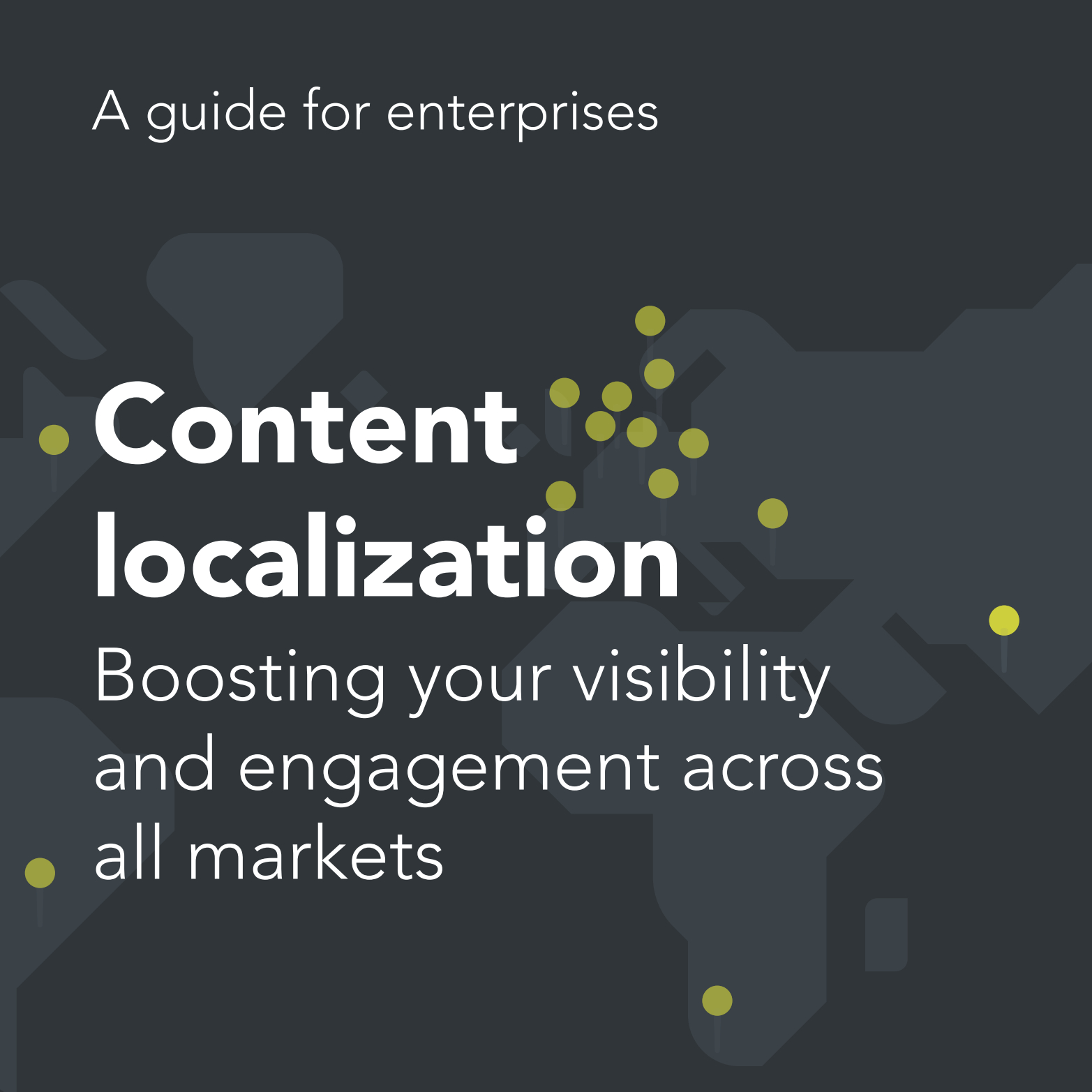Salesforce Marketing Cloud enables you to create intelligent customer journeys with marketing tools like Journey Builder, Email Studio and Social Studio. The possibilities are endless, but how do you get the most out of these tools? We suggest 5 Salesforce Marketing Cloud hacks to implement right away, including long-term solutions. Let’s go!

1. Create a solid data strategy
Do it now: Behavioral information stored as data is the fuel for your Salesforce Marketing Cloud engine, so you always want enough supply. Do some research on where visitors are likely to sign up and make sure you know via which form a visitor signed up. You can track this by adding specific sources in hidden fields on specific forms. When you know where a visitor signed up, you probably can tell in which stage it is in your sales funnel. This is the start of your communication with the lead and where you learn what the lead is interested in. You can track the email clicking behaviour to enrich the profile of the lead even further. This combined data leads to an order from the new customer, giving you even better insights on what the customer needs. Make sure you have a list of all entry points and the source is clear to start with.
Long-term: Starting small is fine, as long as your data model is scalable and includes the necessary data to run campaigns with most business upside. The last thing you need is having to make a ton of time-consuming adjustments. Define your vision and goals together with your stakeholders so you can take these into account from the start. For example, if you know what journeys you want to implement in the short term, you can already start collecting data on these entry points. Document all these touchpoints with sources in your technical documentation. Update this technical documentation when necessary to ensure that team members or a third party can get to know the data model through and through, so the success of the output doesn’t just rely on you.
2. Test, test, test and test again
Do it now: Like any marketing platform, Salesforce Marketing Cloud has its peculiarities. For example: one marketing e-mail can be sent in several ways. Make sure you understand the cohesion between the studio’s, builders and clouds and test thoroughly after every adjustment if everything works the way you want it to work.
Long-term: Adopt the “4 eyes principle.” In this procedure, two colleagues check and approve what you built, changed or optimized in order to reduce the likelihood of errors. With a fixed procedure like this your team is ready for any Salesforce updates or new functionalities, and the quality of your campaigns is always maintained. Also write down what has been tested so your team knows and can learn.
3. Find the right administrator
Do it now: Because of the complexity of Marketing Cloud, small mistakes can have a very big impact. Forget to check a box and someone can end up in the same journey several times, which can lead to serious spam issues because users get the same email multiple times. You also need a ton of knowledge and experience to get the best results out of Marketing Cloud. That’s why it’s key to appoint an experienced administrator you can always rely on. With one person who has ultimate responsibility, Marketing Cloud stays nicely organized; this impacts the risk on mistakes.
Long-term: Keep training your teams. In order to get the most out of Salesforce Marketing Cloud, certifications aren’t sufficient. It’s essential to share everybody’s knowledge and experience within the teams. Not just because the platform is constantly adding new features, but also because different perspectives are crucial for better output. You might want to consider a partner to help you with trainings for the different roles and goals in your team. At NEWCRAFT we have a weekly working session with specialists from different disciplines. In those sessions we give tips about Salesforce Marketing Cloud and try to come up with a solution for a problem within an existing case. Last week this enabled us to improve and automate reporting within Marketing Cloud!
4. Crawl, walk, run
Do it now: What makes Marketing Cloud great, is what makes it complicated at the same time. There are so many functionalities… where to start? Tip of all tips: resist the temptation to set everything up at once. For example, instead of creating the the longest, most detailed journey in Journey Builder, build a journey with three e-mails and measure the impact. Once you’ve done so, apply your learnings and expand on this basic concept. This basic concept is often referred to as minimum viable product (MVP). In this way you can try out a Marketing Cloud functionality, optimize it, and build up your Marketing Cloud experience from basic to expert!
Long-term: Create a detailed roadmap with a phased roll-out of functionalities before you start using Marketing Cloud. Start with a first implementation and define your MVP’s. Grow your MVP’s by building out the journey’s with more touchpoints. Learn by A/B testing and validate every touchpoint you add to the journey by optimizing on important kpi’s, like open rate and click through rate. When you are satisfied with the result, implement the more complex functions like personalization. Success is created step by step!
5. Know your customers
Do it now: as marketers we sometimes forget why we use marketing automation and personalization. Sounds familiar? Here’s a reminder: you’re doing it to give your customers the best experience possible and to help them find your brand when it’s relevant for them! Segmentation and personas are a great first step, but have you thought about having face-to-face conversations with your customers? As technical marketers we spend most of our time behind computer screens reviewing data to understand our customers and sometimes forget that they are real people we can go and talk to. Instead of just looking at the numbers, set up in person meetings with your customers to discuss your brand and their behavior. This will give some context to the data, get you closer to your customer and make your brand even more relevant.
Long-term: Implement a structure to organize user tests, personal interviews and focus groups on a regular basis. There are numerous services to help you with this. Again, start small and gradually develop a complete feedback loop for customer experiences. This way your customers are the core of every decision you make. At the same time continue tracking and analyzing customer behavior and building stronger segments. The more data you have, the more impactful your communication will become.
Salesforce Marketing Cloud Consultants
In conclusion, Salesforce Marketing Cloud is an extensive and often times complex tool; there are many things you can manage yourself, but even more things you might need some help with. Salesforce Marketing Cloud requires specific capabilities and Newcraft has all the knowledge and skills to help you succeed.Our Salesforce Marketing Cloud Consultants have experience in strategy and execution, and we can help you develop in-house capabilities to make working with Marketing Cloud more manageable. This way your organization gets maximum results from Salesforce Marketing Cloud.
Curious?
Feel free to get in touch with our Salesforce specialist Crawford Roark.
Shoot him an email or give him a call at: +31 (0)6 49 84 62 63
Want to know more about how we can help you with Salesforce Marketing Cloud?
Read more about our Salesforce Marketing Cloud expertise.


